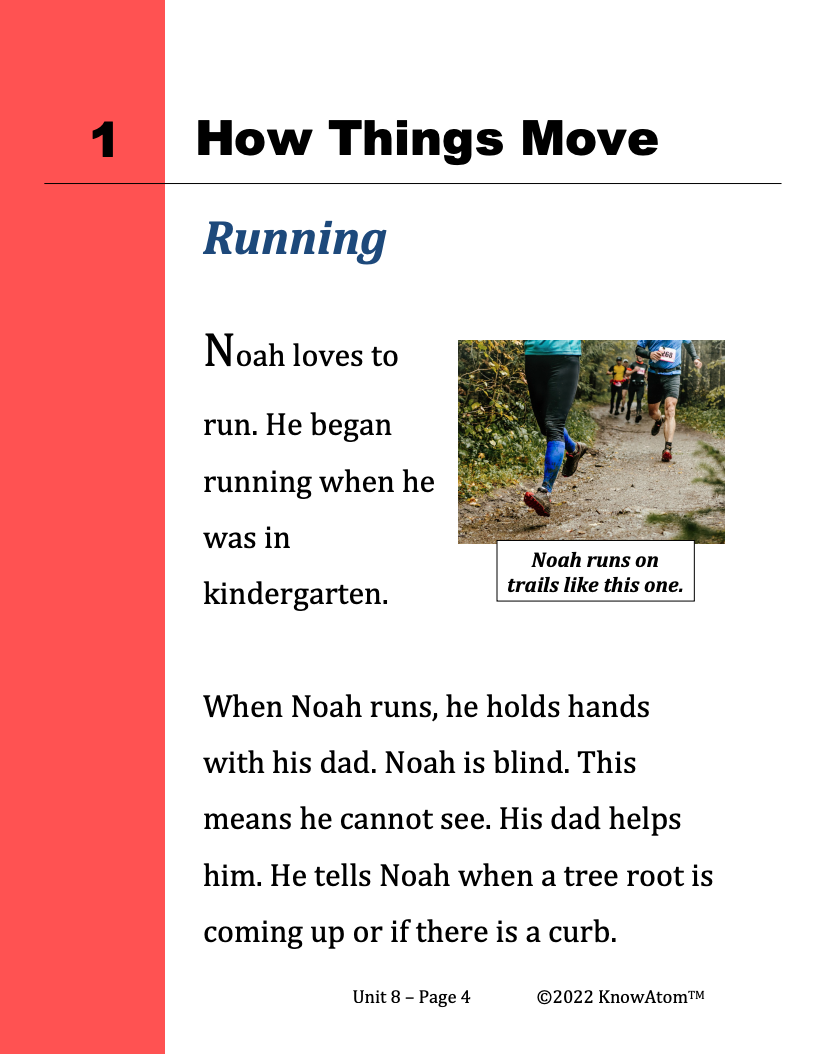
In this unit, students use propeller cars to explore the science phenomena of forces. They investigate action-reaction forces and see if a propeller car travels farther when its rubber band releases a smaller or larger force. Students then explore how friction affects motion by testing how far their car moves after rolling over smooth and rough surfaces.
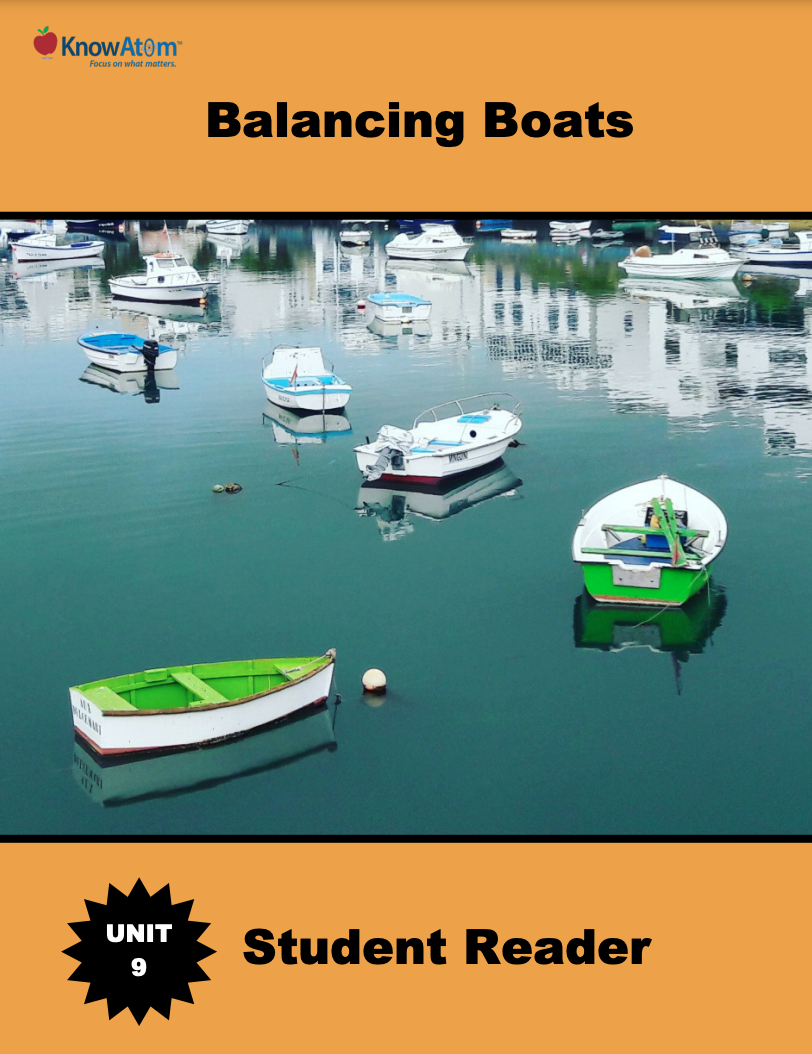
In the last unit, students used propeller cars to explore the relationship between forces and motion. In this unit, students continue to explore vehicles with a focus on boats and specifically the science phenomena of properties that cause objects such as boats to float or sink.
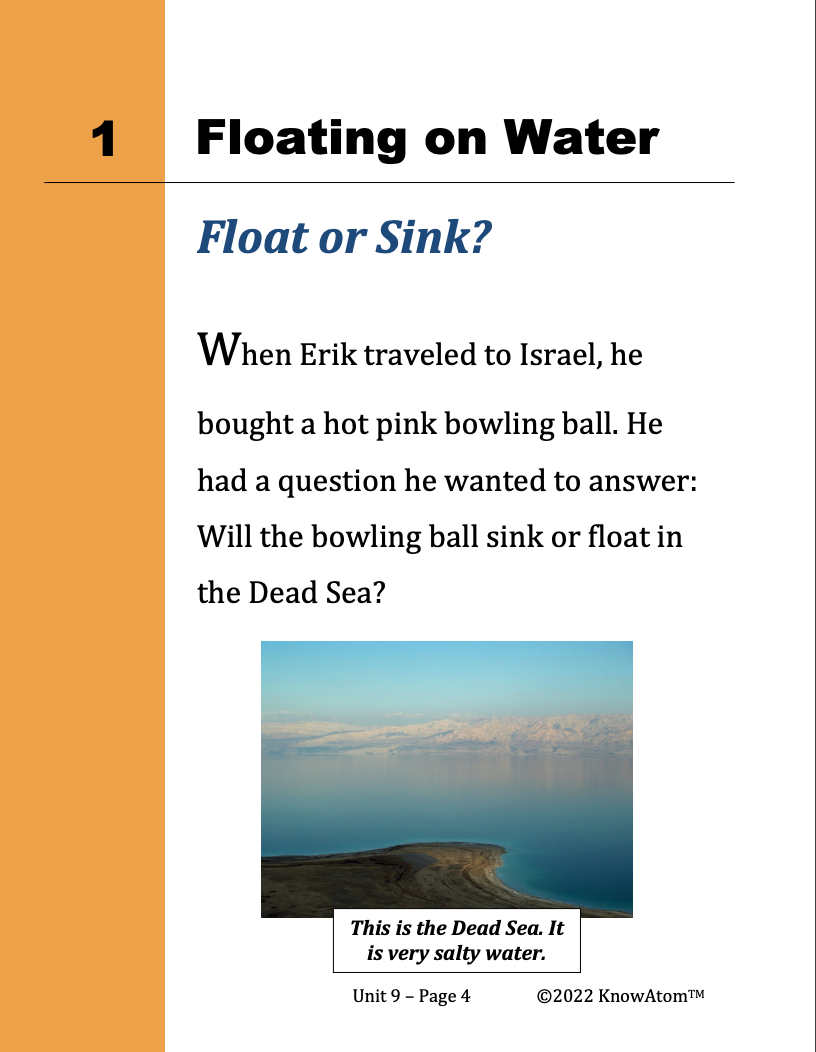
In this unit, students investigate what makes an object float or sink, exploring the science phenomena of properties of objects that float and sink. This page is a high-level extract of the last lesson in 2nd grade that has students applying their knowledge about the relationship between an object’s properties and its ability to float.
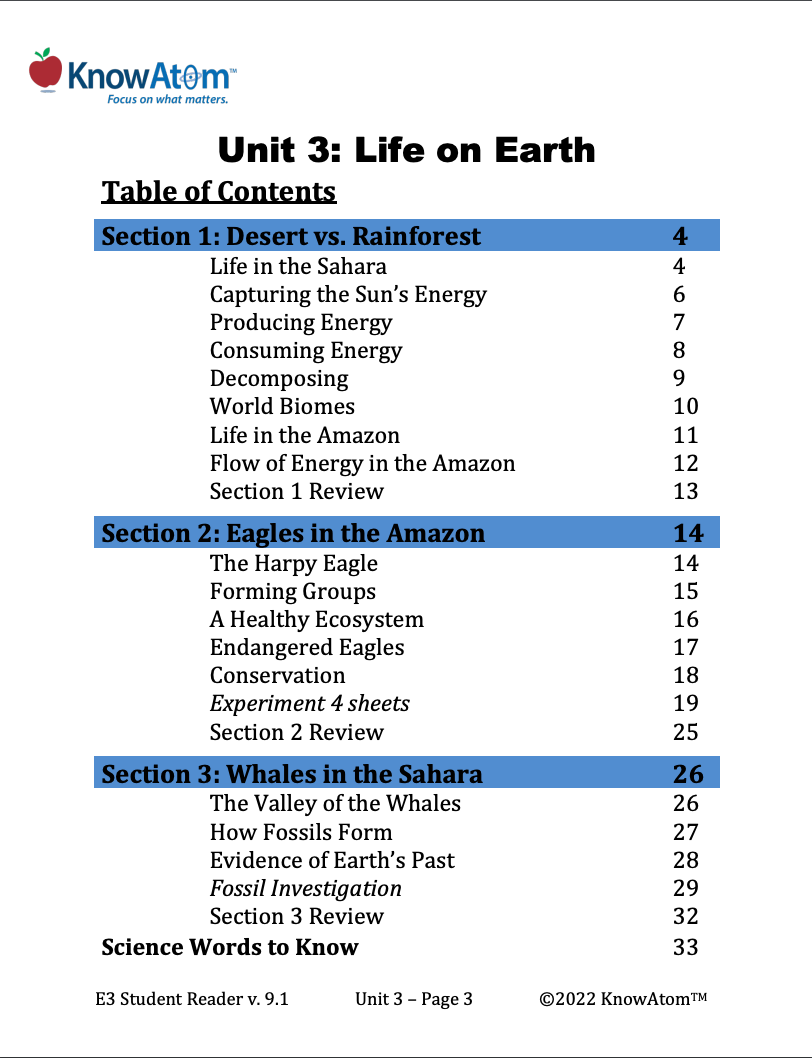
In this unit, students explore the science phenomena of the interdependence of living things and their environment as they analyze how individual organisms are suited to their particular environment. In this lesson, students evaluate how Earth’s biomes have changed over geologic time, studying fossils for clues of the past.
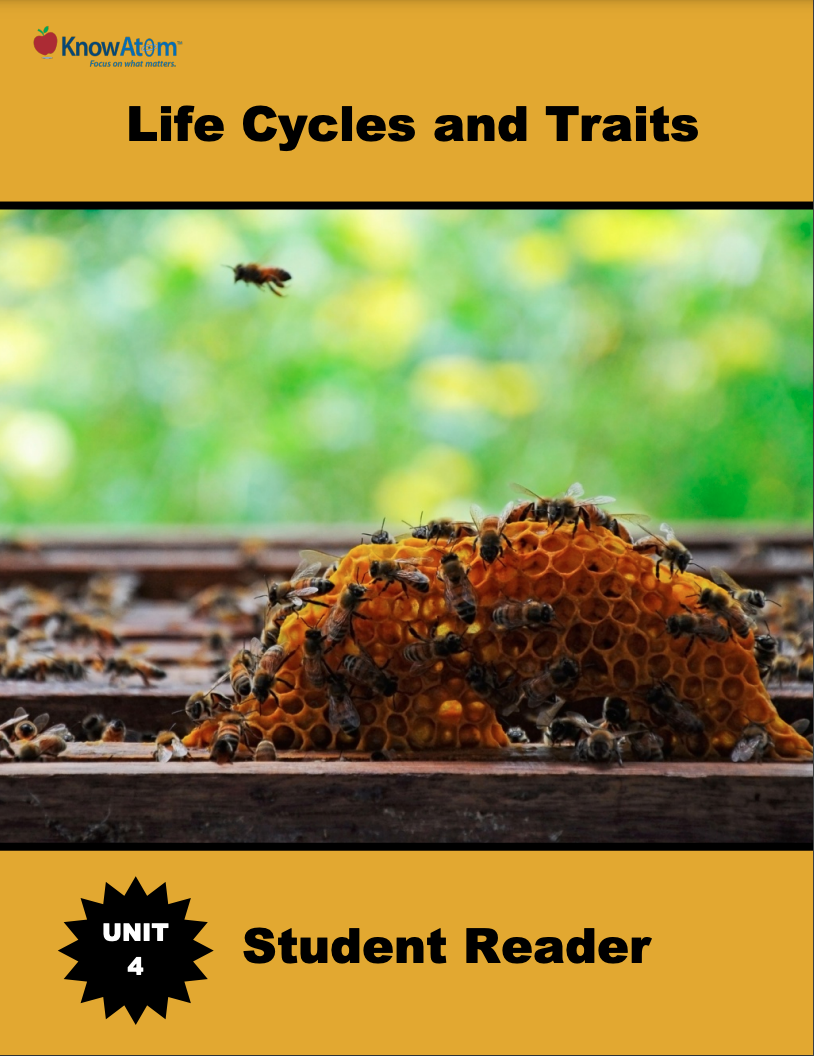
In this unit, students focus on individual organisms, analyzing the science phenomena of life cycles and the inheritance of traits. This lesson has students observing the patterns caused by the changes an organism goes through as it moves through its life cycle. This page is a high-level extract from the first lesson in this unit.
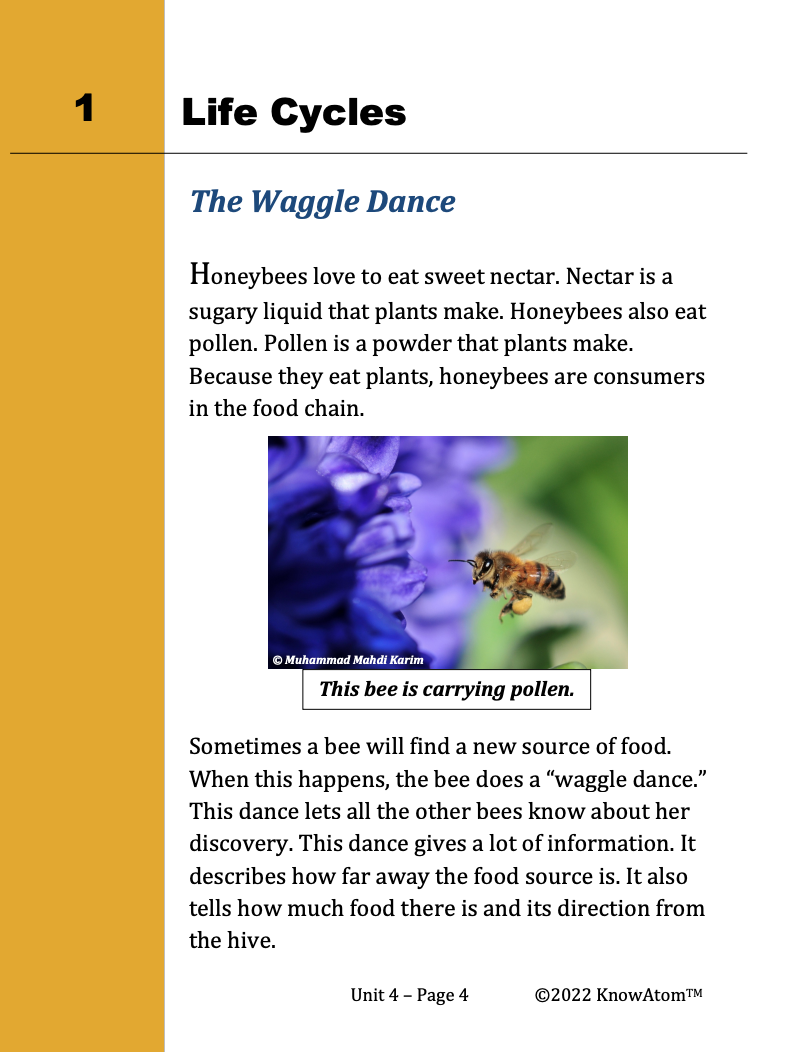
In this unit, students discover the life cycles of different organisms, tracing how individuals move from birth to growth, reproduction, and death. In this lesson, students analyze the science phenomena of how traits are passed down from parent to offspring. This page provides an overview of all the parts of this lesson.
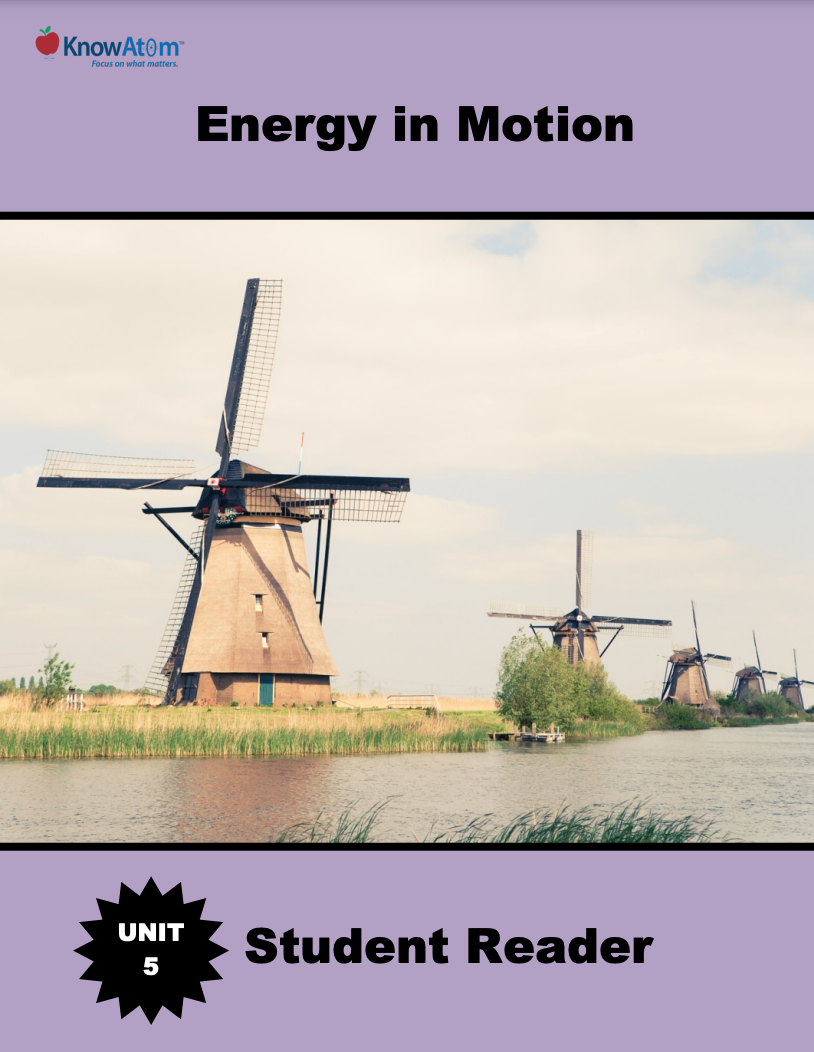
In this unit, students bring together what they have learned about the interactions of energy and matter to explore the science phenomena of relationships between energy, force, and motion. In this lesson, they investigate how windmills transfer the kinetic energy in wind so that it can be used to do work, and then use that knowledge to analyze balanced and unbalanced forces.
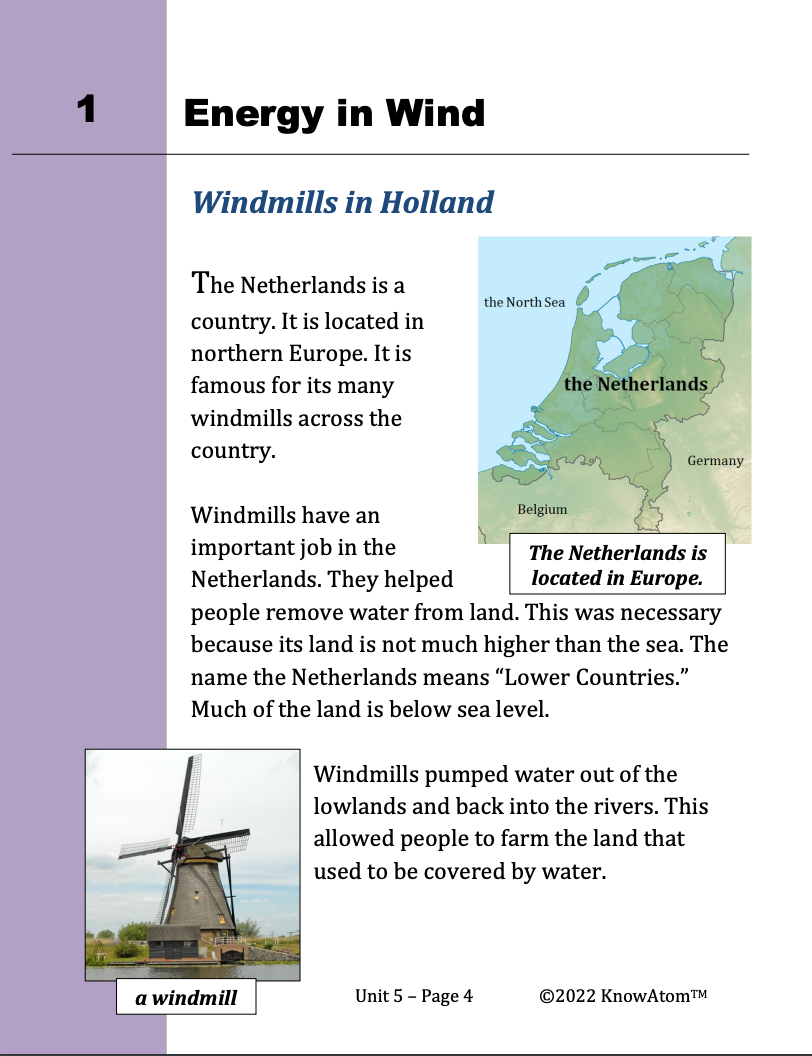
In this unit, students first use windmills to analyze how wind energy provides a force that causes windmills to turn. Then, in this lesson, they explore the science phenomenon of how patterns in motion can be used to predict future movements. This page provides a snapshot of key components of the lesson.
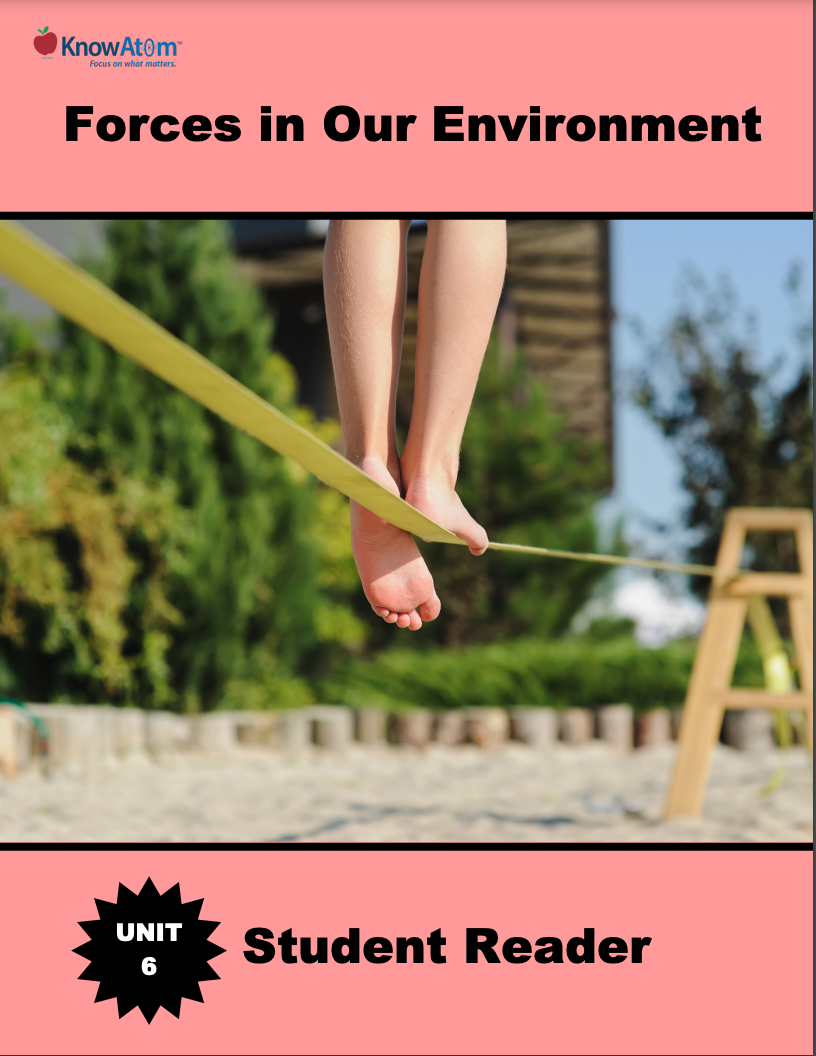
In this unit, students continue to explore the science phenomenon of forces, analyzing how structures have to be able to withstand all of the forces that act on them. Students begin by testing different materials and shapes to see how they respond to different types of forces.
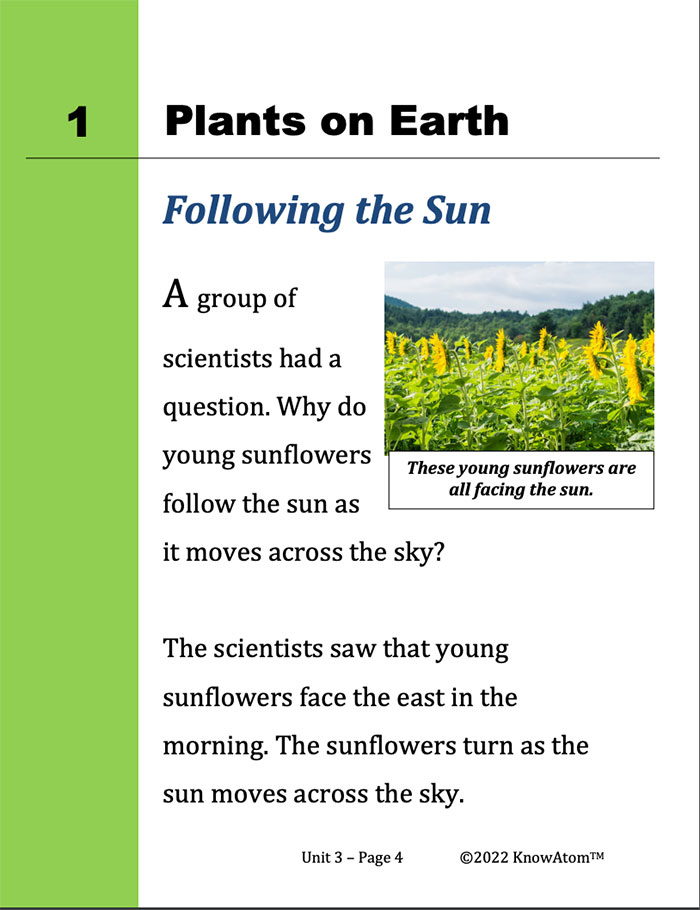
In this unit, students begin an exploration of life sciences. Once students have described the differences between living and nonliving things and analyzed what all living things need to survive, they focus on the parts of plants that help them get what they need to survive.
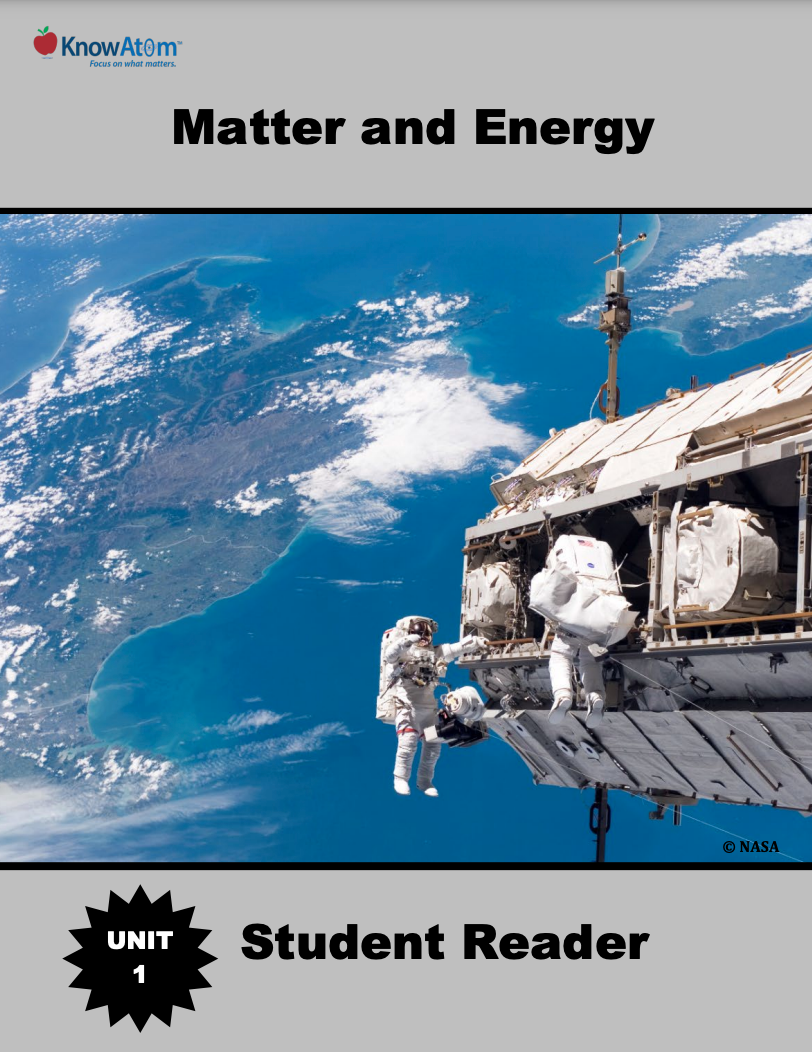
In this unit, students discuss the science phenomena of how matter has different properties depending on the number and kind of atoms that make it up. In this lesson, they observe how forces act on matter, focusing on how unbalanced forces cause objects to move. This page provides a high-level extract of this lesson.
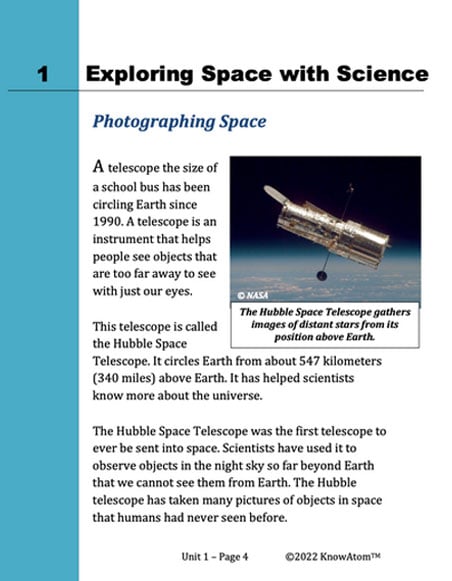
In this unit, students explore the science phenomena of how all matter in the universe is made up of different combinations of atoms formed from chemical reactions. In this lesson, students use scale models to compare properties of the Sun, Moon, and Earth. This page is a high-level extract of this lesson.
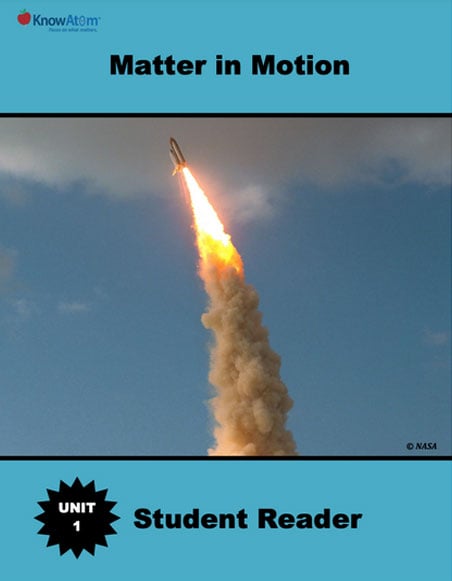
In this unit, students discuss how all matter in the universe is made up of different combinations of atoms formed from chemical reactions. They use scale models to compare properties of the sun, moon, and Earth, and then use that knowledge to analyze the science phenomena of how patterns are formed by the relative positions and movements of the sun, moon, and Earth. This page highlights key components of this lesson on patterns.
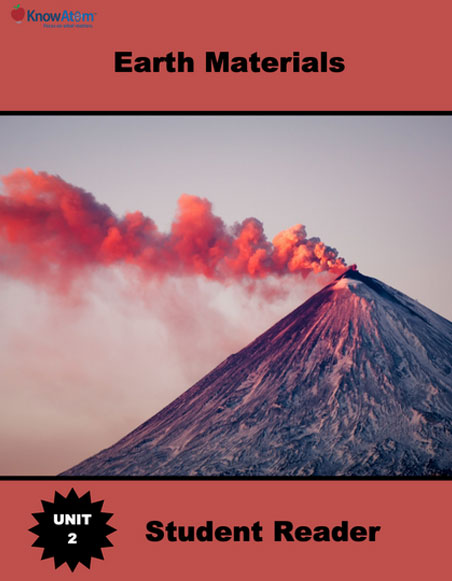
In this unit, students study the processes that shape Earth’s surface, focusing on the formation of minerals (such as diamonds) and rocks. In this lesson, they explore the phenomena exhibited in the properties of rocks and minerals to figure out how the properties of different minerals are a tool to identify them. This page is a high-level overview of this lesson.
Standards citation: NGSS Lead States. 2013. Next Generation Science Standards: For States, By States. Washington, DC: The National Academies Press. Neither WestEd nor the lead states and partners that developed the Next Generation Science Standards were involved in the production of this product, and do not endorse it.
